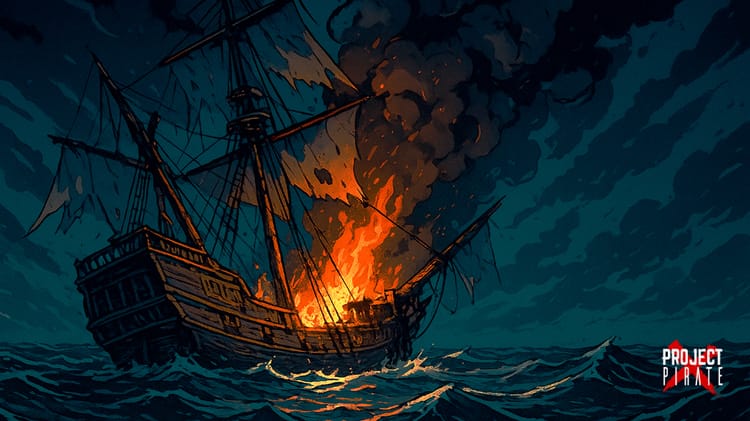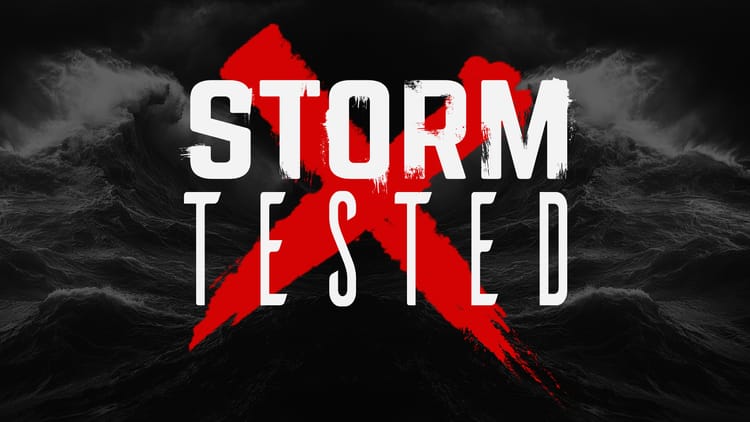When the Wave Hits: Navigating Projects Through the RED

There are some things in life you can count on—tides, taxes and for project managers... that moment when a project veers off course and sails straight into the RED.
The Inevitable Storm
As project managers, we plan meticulously. We create roadmaps, identify risks, and establish contingencies. Yet no matter how thorough our preparation, that dreaded RAG status report with the glaring red indicator eventually finds its way to our project dashboard. It's not a question of if, but when.
What separates seasoned project managers from the rest isn't avoiding these moments - it's how they respond when the wave hits.
When Red Was Almost Inevitable
Before diving into recovery tactics, we must acknowledge an uncomfortable truth: sometimes a project was destined to turn red from its inception. This isn't about making excuses, but recognising common systemic issues that set projects up for failure:
- Unrealistic initial timelines: When market pressures, executive mandates, or competitive forces dictate deadlines without regard for realistic delivery capacity
- The optimism bias: When we as project managers underestimate complexity and overestimate team capacity - often despite past experiences suggesting caution. A previous article "The Calibrated Project Manager - Adjusting for Planning Bias" explores this concept in more detail.
- Insufficient discovery: When projects launch before critical unknowns have been adequately explored, building on foundations of assumptions rather than facts... remember: "Assumptions are the death of plans!" ☠️
- Resource misalignment: When the approved project plan never actually matched the available resources, skills, or capacity
- Competing priorities: When teams are stretched across too many initiatives without clear organisational focus
Recognising that some projects arrive at red status partly due to their initial conditions doesn't absolve us of responsibility... but it does change how we approach recovery. In these cases, reaching green might require not just execution excellence but fundamental renegotiation of the project's parameters.
The Dual-Brain Response
As a PM, the demands on you require both analytical precision and emotional intelligence along with the ability to be creative especially when Plan A fails.
- Left brain: The methodical problem-solver who breaks down issues, analyses data and formulates recovery plans... logic and plans make sense!
- Right brain: The relationship manager with an antenna able to read the room, maintain team morale and leverage alliances built during calmer times (your relationship capital is important in these times).
The most effective project recovery happens when both hemispheres work in harmony. Technical solutions matter, but so does the human element that brings those solutions to life. Your ability to communicate clearly also plays a factor in bringing this altogether - confidence, well paced and simple language in complex situations can have a multiplying factor in the backing and support provided by your stakeholders in these situations.
Navigating the Unknown Unknowns
When projects hit red status, it's valuable to distinguish between different types of challenges:
- Known Knowns: Risks we identified and planned for.
- Known Unknowns: Uncertainties we were aware of but couldn't fully quantify.. but we might have had an inkling of a potential swell on the horizon.
- Unknown Unknowns: The truly unforeseen events that blindside even the most diligent teams.
The most comprehensive risk management addresses the first two categories, but it's often the third - those unknown unknowns - that send projects spiralling into the red with little warning. This is why proactive and regular risk management is vital especially in large complex multi-dependency programmes as through the fog of unknown unknowns, you might just be able to identify a dangerous rock looming and take just enough of a pivot to minimise damage to the vessel & Crew.
Building Resilience Against the Unforeseen
Proactive project managers don't just plan for identified risks; they build adaptive capacity into their project structure:
- Buffer allocation beyond identified risks: Creating time and resource cushions for the unexpected.
- Modular project structures: Designing work packages that can be reconfigured when surprises emerge.
- Regular horizon scanning: Systematic processes to look beyond immediate project concerns for potential disruptors.
- Diverse team perspectives: Including team members who think differently to spot potential blind spots. Ref: "Rebel Ideas: The Power of Diverse Thinking" by Matthew Syed.
- Rapid response protocols: Pre-established processes for quick action when the unforeseen occurs.
You may think that contingency is inefficient time or sometimes referred to 'sandbagging' a plan, but you have to use your professional experience and input from Subject Matter Experts to determine the right level of time which can take the sting out of a high probability factor.
There are other options such as defining a best case; most likely and worst case plan variants; it should give you a view on where you want to anchor yourself (along with defining the level of safety factor)... remember the old saying, "under promise and over deliver"... to many overlook this reversing the outlook in their plan and then having to deal with regular 'Return to Green' phases of work, replans and change requests to baselines (if relevant)... the reality is the plan is still delivered in the time it takes if you manage it well, but you build confidence and trust with your Sponsor.
The most successful project managers shift from a mindset of "preventing all surprises" to "building resilience for inevitable surprises," recognising that some level of adaptation will always be necessary in complex projects.
The Contextual Compass
But make no mistake, the waters you navigate aren't the same everywhere. Your options and approaches must be calibrated to your specific environment:
- Industry norms: What's acceptable recovery time in software development differs drastically from pharmaceutical research or aerospace manufacturing.
- Governance structures: Highly regulated industries have strict protocols that both limit your options and provide clear frameworks for recovery.
- Organisational risk appetite: Some cultures reward creative problem-solving; others prioritise predictability and adherence to process.
Understanding these contextual factors isn't just smart... it's necessary for charting a viable path back to green.
Beyond Technical Fixes
"Return to Green" isn't just a status update - it's a multi-dimensional effort of trust-building, problem-solving and resilience. The journey requires:
- Transparent communication: Stakeholders can accept setbacks, but rarely forgive being kept in the dark.
- Decisive prioritisation: Distinguishing between what must be done now and what can wait.
- Expectation management: Sometimes resetting timelines or deliverables is the most honest path forward.
- Team resilience: Supporting your team through the challenges without burning them out.
Sometimes, success means fixing the underlying problem. Other times, it means reframing what success looks like. Either way, it takes more than process - it takes presence.
The Human Moment
When projects go red, the inner dialogue is often harsh: Why did I miss this? What signals did I ignore? How could I have prevented this?
These reflections are natural, but in the moment of crisis, they must be temporarily shelved. There will be time for lessons learned, but first, there's a ship to turn.
Remember that calm waters never made a sailor. The projects that test you most will ultimately build your capabilities - if you let them teach rather than scar you!
The Art of Re-planning
When a project hits red status, effective re-planning becomes critical. This isn't simply adjusting a few dates; it's a comprehensive process requiring methodology and insight.
But first, we must acknowledge whether we need to fix a good plan that went awry, or replace a plan that was fundamentally flawed from the start. When projects were initiated with unrealistic expectations, re-planning isn't just about recovery... it's about establishing sustainability.
The psychology of re-planning is as important as the mechanics; overcoming sunk cost fallacy, managing team morale, creating psychological safety for honest assessment and balancing optimism with realism in the new timeline.
Turning the Ship
With your re-planning complete, the path back to green combines technical intervention with relationship management:
- Rally your alliances: Now is the time to call on the relationships you've been nurturing re: "drawing down on your relationship capital".
- Establish clear, incremental goals: Create visible wins that rebuild confidence.
- Document everything: Your recovery process will become valuable organisational knowledge.
Most importantly, remain visibly engaged and calmly determined. Your team will take their cues from your response.
The Aftermath: Learning Without Scarring
Once the immediate crisis passes, the real growth begins. The best project managers create space for honest reflection:
- What early warning signs did we miss?
- Which processes failed to catch the issue?
- How effective was our response?
- What will we do differently next time?
- How do we transform yesterday's unknown unknowns into tomorrow's known risks?
- Were we set up to succeed? If the project was inherently at risk from the start, how can we better influence initial conditions next time?
These conversations should be focused on improvement, not blame. The goal isn't perfect projects... they don't exist; but rather building an organisation that responds to challenges with increasing skill and confidence.
There's also wisdom in recognising that sometimes the red status reflects not failure but the natural discovery process inherent in innovation. As you gain experience navigating these choppy waters, you'll develop an instinct for distinguishing between legitimate obstacles and signs of a plan that was built on optimism rather than reality.
Remember that truly calm waters never made a sailor. Your most challenging projects - especially those that were unrealistic from the outset; often provide the deepest learning opportunities, if you maintain the courage to face what went wrong without letting it diminish your leadership confidence.
Conclusion
The red status is inevitable. Your response to it is not. By combining analytical problem-solving with emotional intelligence, contextual awareness and genuine leadership, you can turn these challenging moments into opportunities for growth... both for yourself and for your organisation.
The sea may be rough, but you were built for these waters. Now, captain, it's time to turn the ship!





